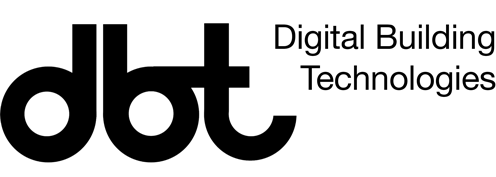This research investigates a range of different mathematical models in computational design for the creation and modification of three-dimensional geometry. With additive manufacturing, especially binder-jet 3D printing, we have the most radical fabrication process at hand, one that is beyond tectonics. The logic at work in many CAD packages is that of assembling linear or planar individual elements. But within the build volume of a large-scale binder-jet 3D printer, any grain of sand can either be bound or not, with no geometric limitation. Hence, the main question is how the range of not only tools but also conceptual thought models can be extended to fully exploit the freedom offered by novel fabrication processes.
The benefits of this research for architecture are manifold. Forms and shapes can be created and manipulated in a controlled manner conventional software would fail to handle. Customized materials can be designed and produced. Materiality can be graded within components to locally adapt to requirements. Intricate internal lattice structures allow to tailor the porosity, reduce weight or tune structural performance properties. Topologies of construction elements are not bound to the limits of predefined standard protocols. Thin shell surfaces can strategically be deformed by functional textures into ribs and ripples, to allow or prevent certain deformations.
Technical Description
There are different ways – modes – of how to encode geometry (primitives, forms, shapes, volumes) to be read, transmitted and modified by a computer. The most well-known, used by many CAD packages for its versatility and speed, is the so-called boundary representation, or BRep for short. Control points called vertices are placed in empty Cartesian space (2D or 3D) and connected with curves (2D) or surfaces (3D) describing – or enclosing – shapes and volumes. A pseudo-code notation for a rectangle with sides a and b could first include a list of coordinates, v(-a/2,-b/2), v(-a/2,b/2), v(a/2,-b/2) and v(a/2,b/2), followed by a list of index pairs l(1,2), l(2,3), l(3,4) and l(4,1), that indicate what vertices to connect with lines. The vertices can be moved around in the plane, it can be stretched, rotated, distorted or skewed but it always remains a quadrilateral polygon, as its topology – the connectivity of the vertices among each other – is explicitly predefined. Hence the term explicit modelling. Structure is primary and form is secondary.
An alternative model to describe geometry is implicit modelling, distance fields or what we call volumetric modelling. Space is not empty to begin with but there exists a function f(x,y,z) that returns a value for every point in space (R3 → R). It is sometimes also referred to as function representation, or FRep for short. This return value can for example be the distance to the surface enclosing the object to be modelled. It is then called a Signed Distance Function (SDF) – signed because negative values are inside the object, positive values outside and the surface of the object is where the function evaluates to 0 (isosurface). Space is described in pure mathematical terms, Boolean operations (addition, subtraction and intersection) as well as smooth blending between objects is done without the need to calculate intersection points and reconstructing the topology of how the vertices are connected. There is no geometry – vertices or lines or triangles – until it needs to be rendered on screen (not even then necessarily) or exported to some other CAD package or 3D printer. Form is primary and structure is secondary. The same rectangle as above in this notation would be max(abs(x)-a/2, abs(y)-b/2) = 0 where (x, y) denotes the point in question, any point in the plane.
In the example below, drag around the objects, change the Boolean operation or the display mode with the buttons below.
In volumetric modelling space, a sphere and a torus – the two prototypical primitives to illustrate the topological meaning of genus – coexist next to each other and one can crossfade between the two with ease.


